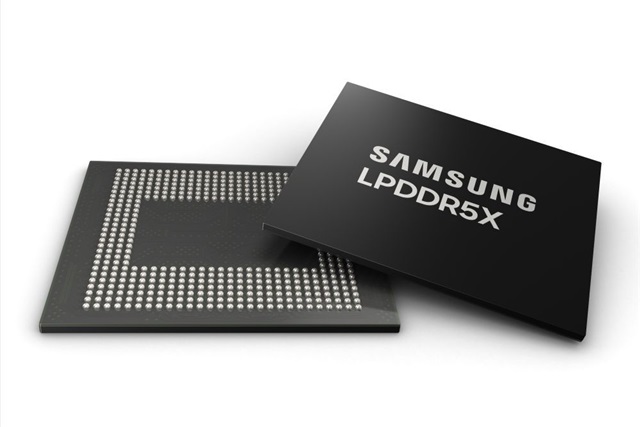
The Semiconductor Industry Association (SIA) today announced global semiconductor sales hit $56.9 billion during the month of October 2024, an increase of 22.1% compared to the October 2023 total of $46.6 billion and 2.8% more than the September 2024 total of $55.3 billion. Monthly sales are compiled by the World Semiconductor Trade Statistics (WSTS) organization and represent a three-month moving average. SIA represents 99% of the U.S. semiconductor industry by revenue and nearly two-thirds of non-U.S. chip firms.
Additionally, a new WSTS industry forecast—endorsed by SIA—has been revised upward for 2024. It now projects annual global sales will increase 19.0% year-to-year, reaching a sales total of $626.9 billion this year. In 2025, global sales are projected to reach $697.2 billion, a year-to-year increase of 11.2%. WSTS tabulates its semi-annual industry forecast by gathering input from an extensive group of global semiconductor companies that provide accurate and timely indicators of semiconductor trends.
“The global semiconductor market is closing out 2024 on a high note, as the industry reached its highest-ever monthly sales total in October and month-to-month sales increased for the seventh consecutive month,” said John Neuffer, SIA president and CEO. “Total annual sales are now projected to increase by nearly 20% in 2024—higher than earlier forecasts—and then continue to grow by double-digits in 2025.”
Regionally, year-to-year sales in October were up in the Americas (54.0%), China (17.0%), Asia Pacific/All Other (12.1%), and Japan (7.4%), but down in Europe (-7.0%). Month-to-month sales in October increased in the Americas (8.3%), Europe (1.3%), China (1.0%), and Japan (0.2%), but decreased slightly in Asia Pacific/All Other (-0.7%).
Stay up to date with the latest in industry offers by subscribing us. Our newsletter is your key to receiving expert tips.

The market size of analog semiconductors was recorded at USD 102.3 billion in 2024 and is projected to register consistent expansion, rising from USD 143.2 billion in 2025 to approximately USD 2,959.1

On 27 July 2025, European Union and United States of America reached a political agreement on tariffs and trade. The transatlantic partnership is a key artery of global commerce and is the most signif

Samsung Electronics will raise contract prices for DRAM and NAND flash in the fourth quarter of 2025, industry sources told Newdaily.co.kr. The move reflects shrinking output of legacy products and su